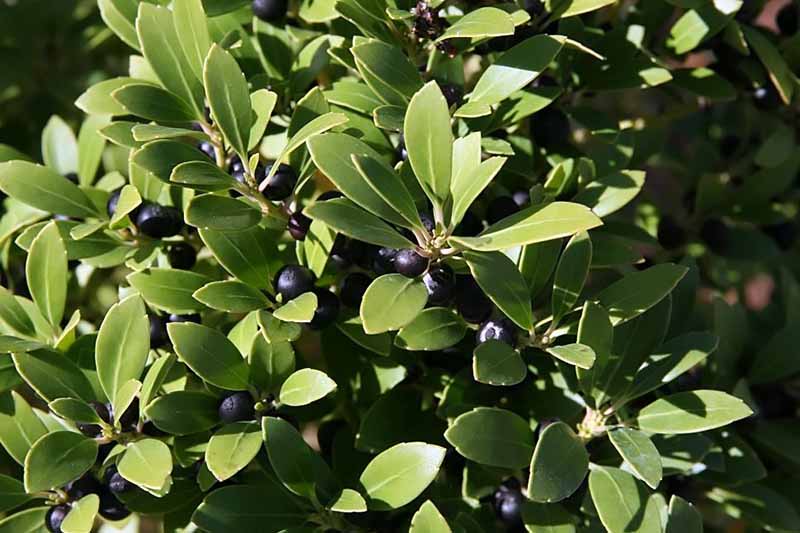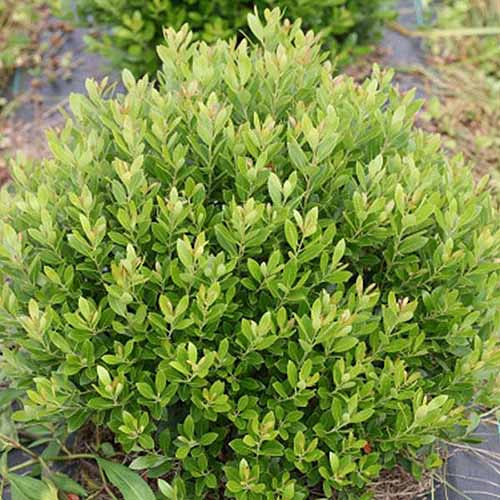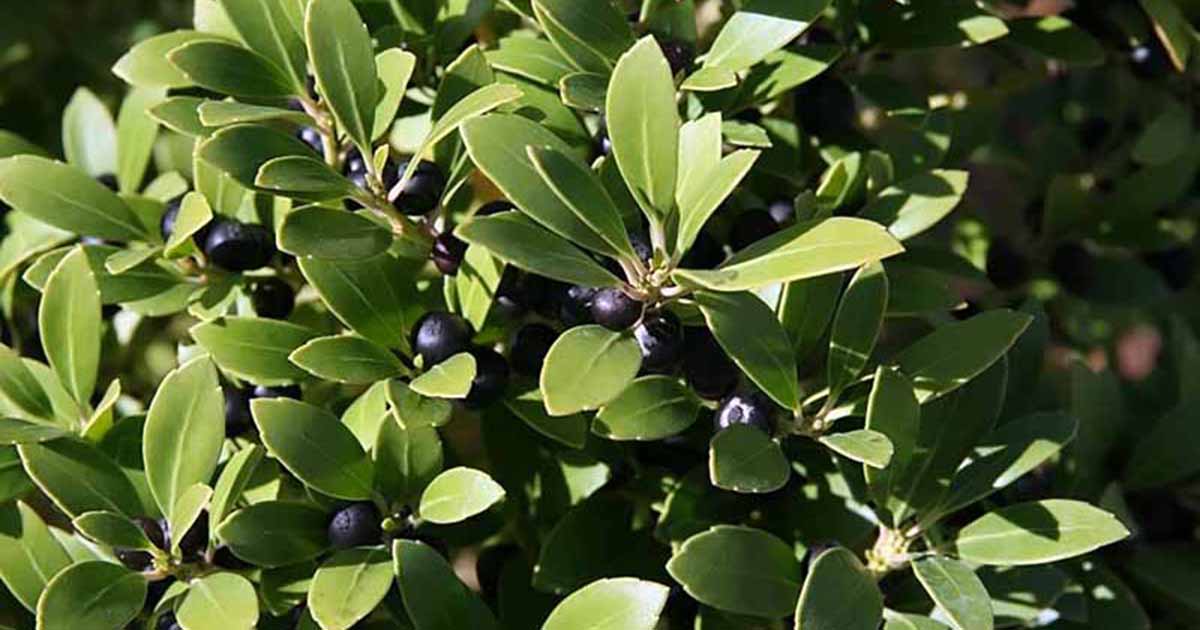Inkberry Holly: The Lowmaintenance Shrub That's Perfect For Any Garden
Title: Inkberry Holly: The Low-Maintenance Shrub That's Perfect for Any Garden
Introduction:
If you're looking for a low-maintenance shrub that is both beautiful and versatile, then you need to consider inkberry holly. This native North American shrub is hardy, adaptable, and easy to care for. It can be grown in a variety of settings, from sun to shade, and it will add year-round interest to your landscape.
Inkberry holly is known for its glossy, dark green leaves. These leaves stay on the plant year-round, providing a touch of greenery even in the winter. In the fall, the leaves often turn a beautiful shade of red or orange. Inkberry holly also produces small, black berries that are a favorite of birds.
In addition to its beauty, inkberry holly is also a very low-maintenance plant. It requires little pruning, and it is drought-tolerant. Inkberry holly is also resistant to pests and diseases.
Main Content:
Here are some of the benefits of growing inkberry holly:
- Low-maintenance: Inkberry holly is a very low-maintenance shrub. It requires little pruning, and it is drought-tolerant.
- Versatile: Inkberry holly can be grown in a variety of settings, from sun to shade. It is also tolerant of a wide range of soil types.
- Beautiful: Inkberry holly has glossy, dark green leaves that stay on the plant year-round. In the fall, the leaves often turn a beautiful shade of red or orange.
- Wildlife-friendly: Inkberry holly produces small, black berries that are a favorite of birds.
Here are some tips for growing inkberry holly:
- Plant in full sun to partial shade.
- Water regularly, especially during the first year after planting.
- Mulch around the base of the plant to help retain moisture.
- Prune in early spring to shape the plant.
Conclusion:
Inkberry holly is a beautiful, low-maintenance shrub that is perfect for any garden. It is hardy, adaptable, and easy to care for. If you are looking for a shrub that will add year-round interest to your landscape, then inkberry holly is a great choice.
Inkberry holly is a beautiful and versatile shrub that can be used in a variety of landscape settings. It is native to North America and is known for its glossy green leaves, white flowers, and red berries. Inkberry holly is easy to care for and is relatively pest- and disease-resistant.
If you are interested in learning more about inkberry holly, please visit the Home Gardening. This website provides comprehensive information about the plant, including its care, cultivation, and propagation. You can also find photos and videos of inkberry holly, as well as links to other resources.
FAQ of inkberry holly
Q: What are the benefits of inkberry holly?
A: Inkberry holly is a versatile shrub that can be used in a variety of landscape settings. It is tolerant of a wide range of conditions, including full sun, partial shade, and moist soil. It is also deer resistant and can provide food and shelter for wildlife.
Q: How do I care for inkberry holly?
A: Inkberry holly is relatively low-maintenance. It requires full sun or partial shade and moist, well-drained soil. It should be watered regularly during the first year after planting, but it is drought-tolerant once established. Inkberry holly does not require regular pruning, but you may want to trim it back in the spring to maintain its shape.
Q: How do I propagate inkberry holly?
A: Inkberry holly can be propagated by seed, but it is more easily propagated by cuttings. Take cuttings in the spring or fall from healthy, mature plants. The cuttings should be about 4 inches long and should have at least 3 leaves. Dip the cuttings in rooting hormone and plant them in a well-drained potting mix. Keep the potting mix moist and the cuttings in a warm, shady location. The cuttings should root in about 6 weeks.
Q: Is inkberry holly toxic?
A: Yes, inkberry holly is toxic to both humans and pets. The leaves and berries contain saponins, which can cause vomiting, diarrhea, and other symptoms. If you or your pet ingests inkberry holly, it is important to seek medical attention immediately.
Q: What are some common pests and diseases of inkberry holly?
A: Inkberry holly is relatively resistant to pests and diseases. However, it can be susceptible to spider mites, scale insects, and powdery mildew. If you notice any pests or diseases on your inkberry holly, you can treat them with insecticidal soap or neem oil.
Image of inkberry holly
- Inkberry holly shrub with white berries.

- Close-up of inkberry holly berries.

- Inkberry holly leaves in fall.
- Inkberry holly shrub in winter.

- Inkberry holly flowers.

- Inkberry holly berries on a branch.

- Inkberry holly shrub in a garden.

- Inkberry holly hedge.

- Inkberry holly in a forest.
- Inkberry holly in a coastal area.

Post a Comment for "Inkberry Holly: The Lowmaintenance Shrub That's Perfect For Any Garden"